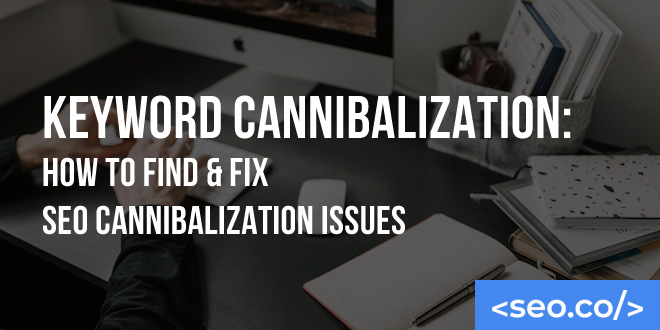
Keyword Cannibalization: How to Find & Fix SEO Cannibalization Issues
Whether you realize it or not, your entire website could be plagued by keyword cannibalization
Industry veteran Timothy Carter is SEO.co’s Chief Revenue Officer. Tim leads all revenue for the company and oversees all customer-facing teams for SEO (search engine optimization) – including sales, marketing & customer success.
He has spent more than 20 years in the world of SEO & Digital Marketing leading, building and scaling sales operations, helping companies increase revenue efficiency and drive growth from websites and sales teams.
When he’s not working, Tim enjoys playing a few rounds of disc golf, running, and spending time with his wife and family on the beach…preferably in Hawaii.
Over the years he’s written for publications like Forbes, Entrepreneur, Marketing Land, Search Engine Journal, ReadWrite and other highly respected online publications. Connect with Tim on Linkedin & Twitter.

Whether you realize it or not, your entire website could be plagued by keyword cannibalization

If your site or specific page URL acquired 100 hyperlinks today and 10,000 tomorrow (without

Google is undoubtedly the world’s greatest search engine (at least until ChatGPT came around). In

Have you rebranded recently or acquired a new domain? Then you may need to merge

On-site SEO is all about calibrating content for maximum searchability. From keyword research to backlinks

Most website owners understand it’s important to build links for optimum SEO results. However, you